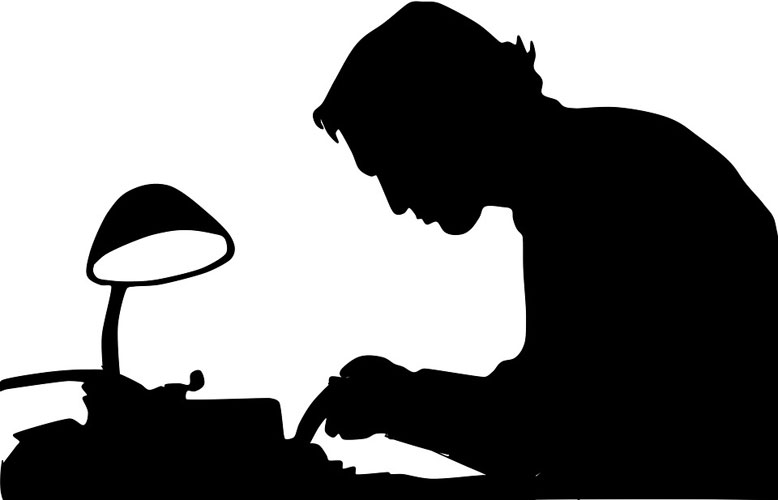Writing, // February 9, 2017
How to Write a Perfect Scene — WRITING
How to Write a Perfect Scene
– by writer Lucy Adams
Any literature work consists of scenes.
A thorough work on the plot of the story does not absolve the author from an equally thorough work on the scenes. Speaking in military terms, the polishing of scenes is tactics in the war for good work, while the general work on the plot is the strategy.
If you dream about scenes that will keep the reader in suspense from the beginning to the end, this article is just for you! I am Lucy Adams, an independent writer, blogger, and outsourcer from Best Essay, and here are some of my secrets.
#1 The Overall Direction
The first thing you need to decide is the general direction of events. What will happen in the scene? How will this affect the course of the story and the state of the characters? Each scene should have a clear goal and perform meaningful tasks.
For example, the scene of the chase can be used to:
• Move heroes from point A to point B.
• Create some obstacles, in overcoming which the reader will feel the sympathy to characters.
• Designate the next round of confrontation between the protagonist and the antagonist.
The next thing to remember is the fact that any scene always must change things in the story, moving it forward. Otherwise, why do we need it? Even an abstract conversation must have its story value. This way you’ll be able to place the accents properly and develop the plot through the details.
If you have difficulties in marking the objectives of the episode or doubt whether you need it or not, try to exclude it and see if anything changed. If the story doesn’t suffer, fairly delete this scene.
#2 What Was Before, or the Prehistory
There is another brilliant recommendation that will help you, first, to improve any scene, and second, make the characters look alive. How? That’s simple – just think in advance about what the characters were doing thirty minutes before. Knowing this information, you can qualitatively introduce the scene to the reader.
• Let’s take a banal conversation between two characters in a café as an example. Here is one of them sitting at a table by the window and the second is entering the room. The conversation begins. Everything is simple and boring. But what if we fantasize on the topic of how the characters spent the last half an hour? The first one, for example, came to the cafe for an hour before the agreed time. Why? Maybe, he lives far away; maybe, the conversation is extremely important to him, and he simply could not afford to be late. Anyway, he came in advance. Of course, not to sit at an empty table – he ordered a coffee, drank it in ten minutes, and ordered another one. At that moment, his companion came in. What do we have? The first character waited for half an hour and drank two cups of strong coffee.
Do these facts affect the conversation? Of course. Moreover, you have a lot of information that you can use!
I think you understand how it works. You just have to be creative and appropriately use it in the episode.
#3 Nothing Happens Just Because
Another important rule that you need to remember is that no plans and intentions of the protagonist should be carried out exactly as he planned. However, they should be influenced by circumstances or the actions of the antagonist. Firstly, it makes the story look real – after all, rarely in life something goes exactly as we want; there is always an influence of other people and some unforeseen circumstances. Secondly, by creating obstacles, you make the reader sympathize. Of course, the protagonist that overcomes the injustice looks more attractive.
How does it work in practice?
Let’s take our example with a conversation in a cafe and assume that the character who’s late is the protagonist.
• First, we brought his plan for the scene to the reader: he expects to get out of the house in forty minutes before the appointed time to come to the café a little earlier to show respect to his friend and not make him wait. Of course, he has a plan for conversation — he already knows arguments and answer, as well as how he will finally tip the scales in his favor. However, it would be boring if all happened as he had expected. It all starts long before the conversation in the café: the character argues with his wife, loses time and energy, catches a cab… all goes wrong and, of course, affects the conversation.
As you see, a banal conversation with the proper approach can become a little show.
#4 Bad Things Happen
Another important point is to change the psychological state of the characters during an episode. The state of the hero in the final scene shouldn’t equal to his original state. If he was excited and full of hope, let him be disappointed or angry at everyone and everything in the end. If he was apathetic, make him enthusiastic.
For what do you need it? It is no secret that the psychological state is often changed under the influence of external factors. This means that the character will be under the action of some forces, and he can whether overcome these obstacles or suffer from them. Moreover, by these transitions, you create the emotional depth of the hero, showing that he knows how to rejoice, grieve, live through, etc.
Please note that this advice applies not only to the protagonist but also to the characters the second plan: changes in their mood also bring variety to the events.
I hope that these tips and guidelines will help you to increase the quality of scenes in your works, and wish you all the best in your writing endeavors!
Lucy Adams is a generalist who writes guest blogs on a wide range of topic, from education and literature to psychology, marketing, and business. Lucy is very responsive so that you can always expect a fast and grounded reply to your requests. By the way, blogs are free!






